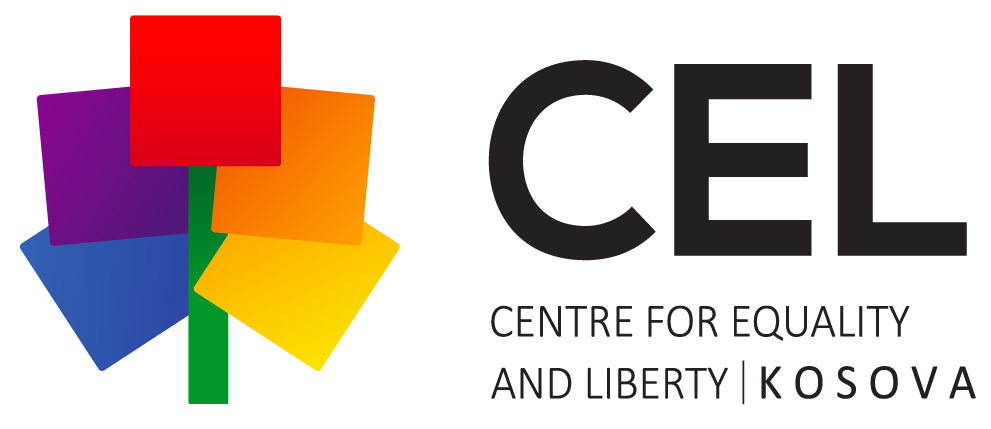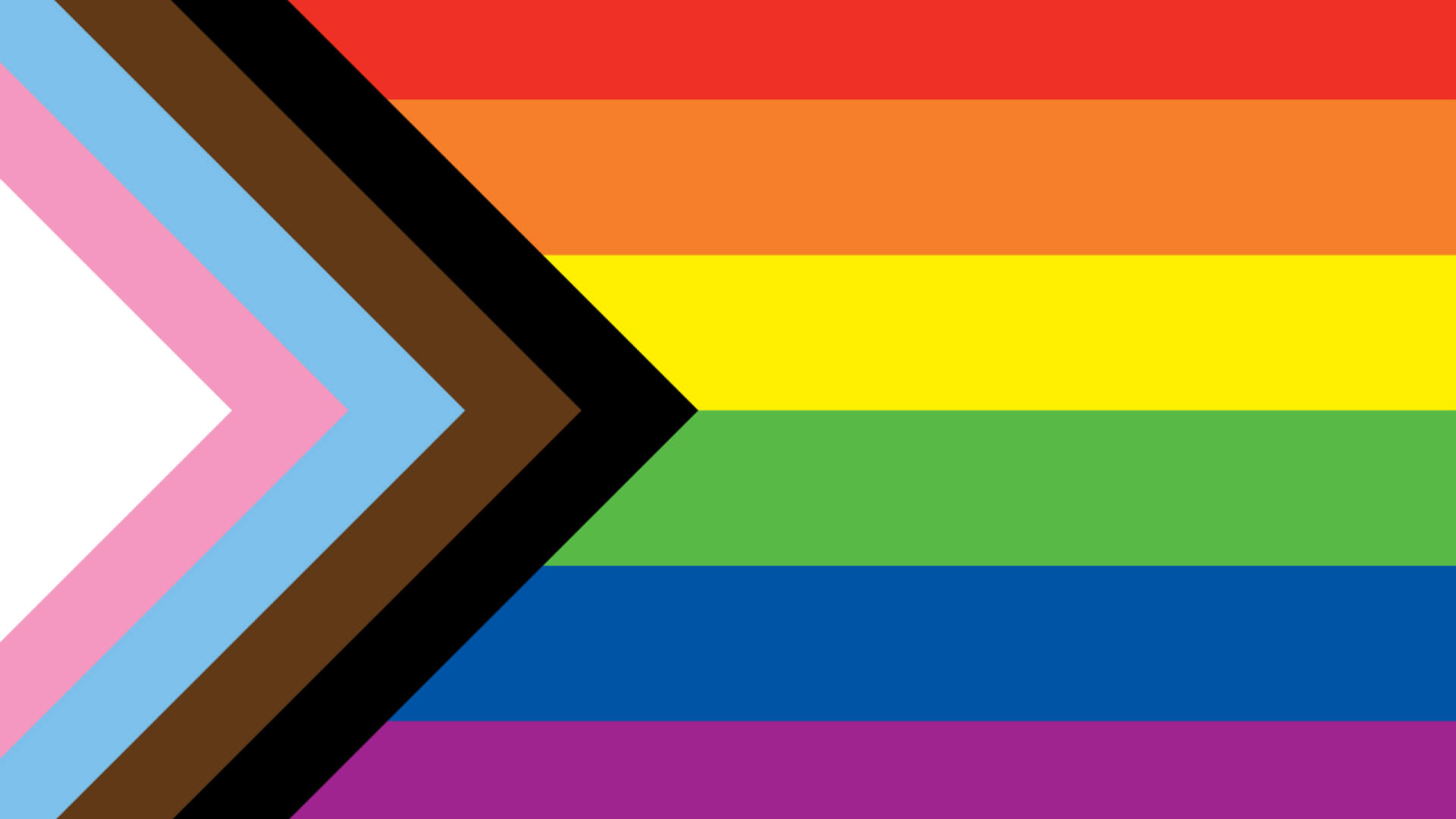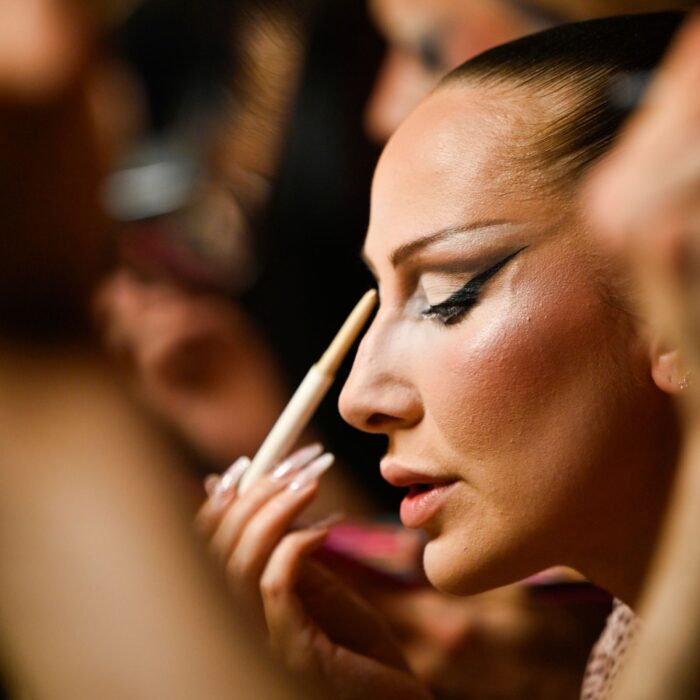
DONATE
REPORT


By Baton Isniqi / CEL Kosova
During Prishtina Pride Week 2024, the vibrant and transformative performances of Propaganda , a Belgian-based drag & queer project with a mission to spotlight marginalized and erased queerness, especially with non Western-European origins, captivated audiences and left an indelible mark on all who attended. This article delves into the unique stories of Belli, Daisy Superbitch, and Major Mathilde, exploring their resilience, identity, and hopes for the future of drag through exclusive interviews with CEL Kosova.
Join us as we take you behind the scenes to celebrate these extraordinary artists.

More Than Makeup: A Dragtastic Journey
For the members of Propaganda, drag is much more than a performance; it’s a way of life, a form of expression, and a political statement. Each performer brings a unique perspective to their art, shaped by their personal histories and the challenges they’ve faced.
Belli: Embracing Masculinity Through Drag
Belli, a self-proclaimed hyper-fem vixen with a mission, has been performing drag for three years, and performing on stage for more than eight. Her style draws inspiration from iconic films with strong female characters like Kill Bill and a touch of Armenian culture. For Belli, drag is not just a performance but a celebration of identity and self-worth.
Reflecting on the journey, Belli shared, “Growing up extremely queer in a very traditional household, I constantly questioned why I was drawn to sparkle and glitter. The world told me I was wrong, but through drag, I found my masculinity. Drag provided the outlet I needed to express my femininity , and in embracing it, I discovered the man I truly am.”

As an immigrant in Belgium, Belli’s drag performances are a homage to her roots and a voice for those who cannot express themselves freely. “We created Propaganda to give a perspective of our lives and journeys as queer people in Western Europe. My drag is politically inspired by the struggles I see back in Armenia. It’s important to do things for yourself but also keep the communities in mind.”
Belli emphasizes the immense effort that goes into creating a performance. “The audience only sees the performance, but there’s so much behind the scenes—concepts, costumes, choreography, and collaborations. It’s challenging but rewarding,” she explains.
To her younger self, Belli offers words of reassurance and hope: “You will figure it out. You will know yourself and be proud. We are not defined by society’s rules on gender; we are who we are.”
Major Mathilde: Celebrating Hyper Femininity
Major Mathilde, a hyper-feminine, genderqueer drag artist, has always been drawn to the glitter and glamour of performance. Growing up in a small city, Mathilde faced significant shaming for her flamboyance. “There was only one way of being a woman—discreet and a good future wife. “I was often shamed for being too much, too extra,” Mathilde recalls. “But my dance teacher motivated me to be myself. I’m happy I didn’t change because now I celebrate myself.”
For Mathilde, drag is about communities and creating a space where everyone can escape reality and celebrate their true selves. “It’s more important than ever to be present, to bring joy, and to create a sense of community,” they say.
Mathilde sees drag as a crucial presence in society, especially as it becomes more mainstream. “Drag has become popular in Belgium, with shows on TV and parents attending performances, discovering and loving this art.”

Mathilde envisions a future where drag continues to challenge societal norms amidst adversity. “Now that drag is stigmatized as adult entertainment, it’s more important than ever to be present and visible,” she says.
Her message to her younger self is one of validation and pride: “I was right to be who I was. I’m happy I didn’t change myself.”
Daisy Superbitch: The Eclectic Visual Storyteller
Daisy, with three years in drag and five years in makeup, combines storytelling with visual artistry. Her drag is a blend of diverse influences, ranging from cinema and painting to classic cabaret, music videos, and pop divas. It can be campy, ethereal, poetic, sensual, sexy, and edgy. The goal is to create a visually powerful moment by transforming into the various characters that inhabit her imagination.
Her journey began with a focus on storytelling, which evolved into a visually captivating art form. “Drag makes me happy and at peace with myself, but there are no limits. You can always discover new things about yourself,” she shares.

Daisy highlights the diverse nature of drag, which extends beyond the popularized drag queens of television. “There are so many types of drag, like drag kings, drag creatures, and more. It’s absurd to reduce it to just sexual performance,” she argues. She sees drag as an ever-evolving journey constantly challenging herself to discover new aspects of her identity. Despite the challenges, including the time and money invested, Daisy finds fulfillment in her art.
To her younger self, she would advise, “Don’t lose yourself trying to fit in. Keep your playful mindset, and don’t waste time erasing yourself for those who don’t see you for who you truly are.”
As Propaganda continues to perform and inspire, they see a bright future for drag—one where it continues to break down barriers and bring people together. Despite the stigmatization of drag as merely adult entertainment, performers like Belli, Daisy, and Mathilde are redefining what it means to be a drag artist.
For the younger generation of queer individuals and aspiring drag artists, Propaganda’s message is clear: Be true to yourself, embrace your uniqueness, and never stop celebrating who you are. Through their performances and personal journeys, they offer a beacon of hope and a testament to the transformative power of drag.
In the words of Major Mathilde, Belli, and Daisy Superbitch, drag is not just a performance—it’s a celebration of life, identity, and love.
“Every donation brings us one step closer to a world of peace and equality. Please give generously.”
Email us for donation at info@cel-ks.org